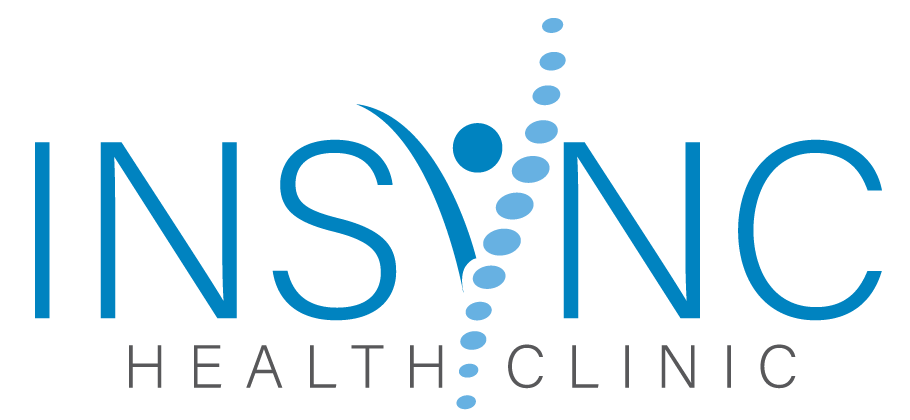Shoulder Impingement
Activity/sports in which you may develop shoulder impingement include overhead activities, cross fit and gym exercises and martial arts training including boxing.
Impingement occurs when the rotator cuff tendons are impinged as they pass through the subacromial space formed beneath your AC joint – the bony prominence on the outside aspect of your shoulder. You will most commonly experience ‘impingement’ when lifting your arms above your head. You may feel the pain down the side of your arm.
The impingement causes mechanical irritation of the rotator cuff tendons and may result in swelling and damage to the tendons. It is very important to maximise the subacromial space during movement by optimising the scapula rhythm. The muscles attaching to the inside border of your shoulder blade fail to control protraction and retraction which results in inferior movement of the acromion, encroaching into the subacromial space.
If you are older than 45 years of age, the under surface of the acromion may be abnormally beaked, curved or hooked (due to congenital abnormalities or osteophytes formation). In saying this, if conservative treatment fails or plateau’s, an X-ray may be beneficial to assess your options.
Taping will be used in the initial stages to train your proprioception (shoulder position awareness) to allow the activation exercises we give you to start re-positioning your shoulder blade. It is important to reduce your load and training to an agreed upon level with your physiotherapist. This is because repositioning and creating your awareness of shoulder positioning is one thing. The other is to increase your scapula strength and scapula rhythm as one, as the reduction of the ‘impingement’ symptom depends upon the appropriate level of exercise reflecting your scapula strength. It is very important to note that rotator cuff tendinitis can also be a cause for this ands vice versa.
As strength develops in isolation, our physiotherapists’ are experts at creating activity specific functional movements that you require to get your self training pain free again.
